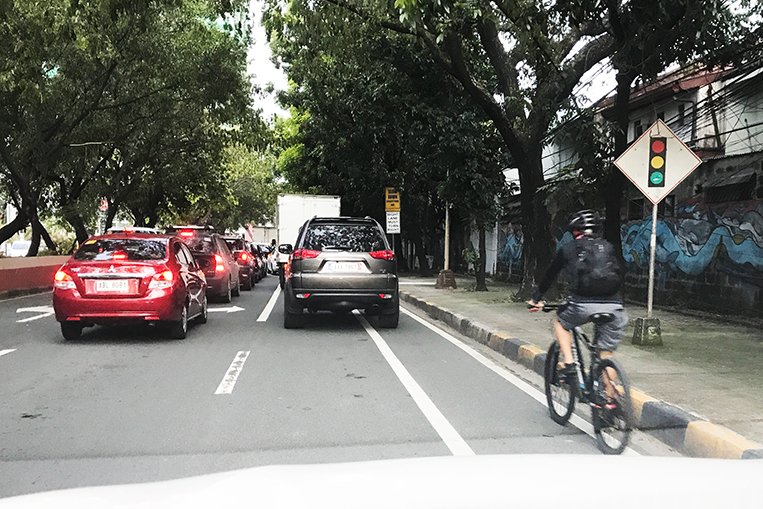
Hours wasted in traffic. So much money burned crawling through gridlock. Then you see someone zip past you on a bicycle, happily spinning away as he rapidly leaves you behind.
Then you think: “I can do that, too!”
Welcome to the world of bike-commuting, Philippine-style, where a bike ride will never fail to put a smile on your face, but also where Darwin’s theory of natural selection quickly sorts out the weak from the strong. Manila has been rated as one of the deadliest cities in the world for cyclists, and it only takes one mistake to wind up wounded, maimed or decapitated on your way to work.
Yet I wholeheartedly advocate bike-commuting. Full disclosure: I own a bicycle shop, so it’s our business to ride and sell bikes. Seventy percent of my crew bike-commute to work, and I myself choose the bicycle over the car whenever I need to get to the shop ASAP and have a fairly light load.
It takes me an average of 45 minutes to make the 18km ride to work by bike—an hour and 10 minutes by car, and that’s on a good day and if I’m being very obedient to the gods of Waze. I get to work happy and with a fairly easy workout done. I shower, have coffee and never worry about being late for an appointment. I rarely ever need to get an Uber.
Welcome to bike-commuting in the Philippines, where Darwin’s theory of natural selection quickly sorts out the weak from the strong
Before you go out and carpe diem, though, let me share with you some (hopefully) helpful tips so you can enjoy the experience rather than totally hate it and go back to suffering in silence in your car. I know you love to drive, and so do I. But I believe that there’s no joy in driving to work anymore. It’s tedious, it’s expensive, it makes me hate driving. When you bike-commute, you lessen the ordeal and save precious driving time for when it really matters: open roads, weekend trips, date night.
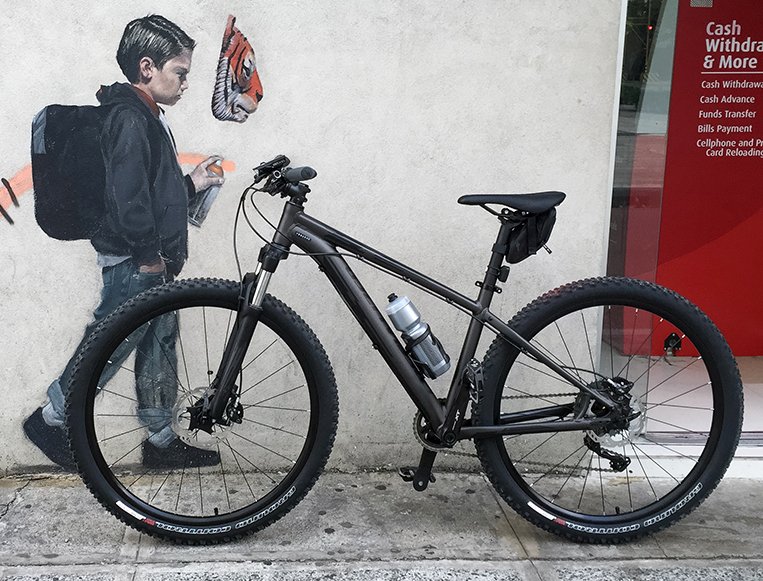
1. Get a good-quality bicycle. Department-store bikes won’t cut it. You might think you’re saving loads of cash, but trust me on this—been there, done that. You’ll just end up spending more for quality parts as you get tired of constantly bringing your bike in for a tune-up, worrying if your bike can actually stop on a dime, and having to deal with constant rattles from loose headsets and rusty bolts, as well as cheap tires that flatten at the sight of a nail on the road. Go to a reputable bike shop and ask what they recommend for bike-commuting. A city bike or entry-level MTB/road bike should set you back between P15,000 and P40,000, depending on the brand and parts specs.
2. Know how to fix a flat. Flat tires are the most common roadside repair. There is nothing more humiliating than having to board a jeepney with your bike just to get home. Ask your bike mechanic to teach you how. It should take just 10 minutes to change a tube, not an hour.
3. Get your fit sorted out. No, you don’t have to book a Body Geometry Fit with me and fork out the standard P6,000 service fee, although I won’t mind if you do. Set the saddle height and setback to let you stretch and cycle your legs properly throughout the pedal stroke so you can be more comfortable and avoid injury. There are many articles on the Internet and YouTube for this.
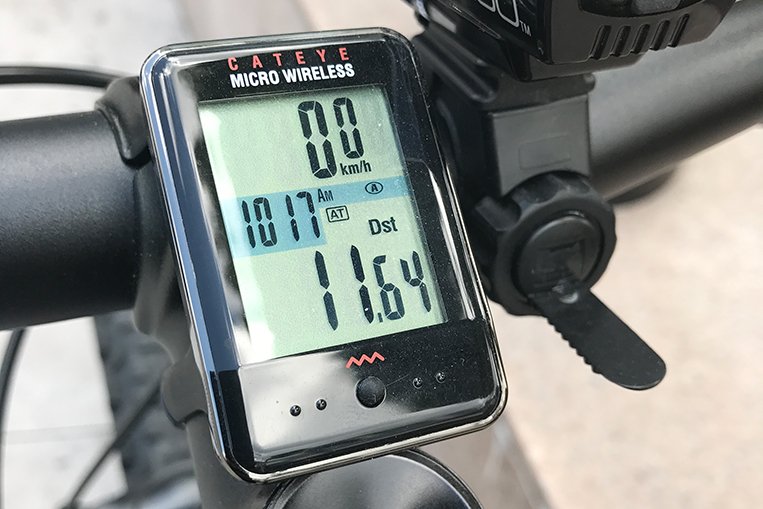
4. Have the requisite commuting gear. Front headlamp, rear blinker, spare tube, lever, hand pump, rain jacket/vest, helmet, sunglasses. The lights increase your visibility even in broad daylight. The helmet is mandatory if you want to live long and make plenty of babies. The sunglasses are to protect your eyes from glare and grit.
5. Get a good bike lock. You can get a quality lock for around P1,000 or a little higher. Skip the cheapo combination locks; those are easy to break with a chain cutter. I use a Hiplok. I wear it around my waist like a belt, and the thick braided steel will take a lot of effort to steal my bike.
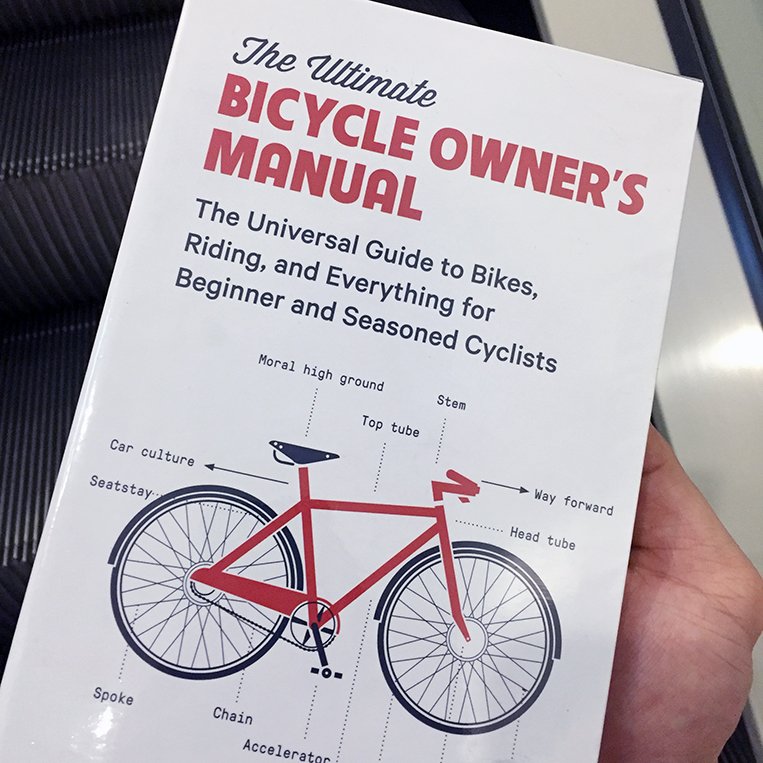
6. Work on your fitness and also your handling skills. You don’t need to train like a Tour de France cyclist, but you need to be reasonably fit so a one-hour spin doesn’t leave you too winded to actually get some work done in your office. You can buy a book like The Cyclist’s Training Bible by Joe Friel, or just get in saddle time with frequent riding to gradually build your fitness base. Practice low-speed handling skills as well, such as lane filtering, quick accelerations from stoplights, emergency braking, and riding one-handed like when you need to signal with your hand.
7. Wear cycling shorts. Don’t use the unpadded training shorts from mainstream sports brands like Nike or Under Armour, unless you like the idea of an itchy butt all day. Padded shorts can be purchased in practically any self-respecting bike shop for P1,500 to P2,500 a pair.
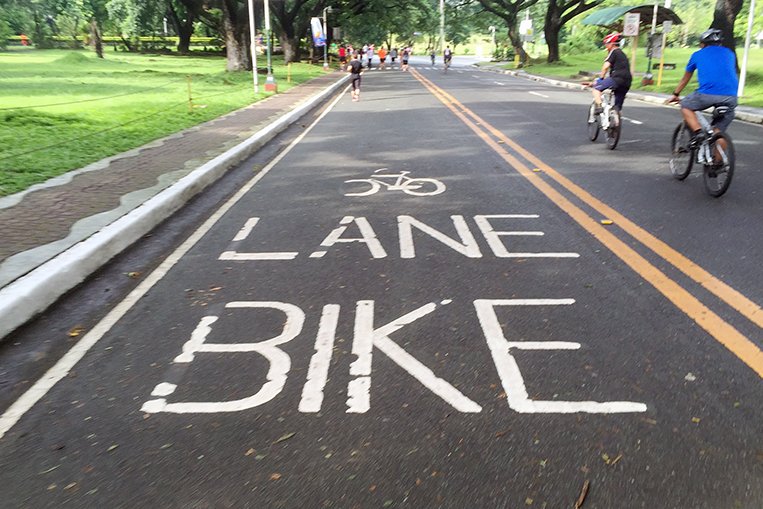
8. Ride like you were in your car, just taking up far less space. Respect all road rules and regulations, signal your intentions, practice lane discipline. Don’t ride too near the curb as motorists will take this as a sign that you are a pussy and therefore won’t mind if they pass too closely. At least a meter from the curb is enough to give you some breathing room while letting other motorists know you are there and they must make room to pass you.
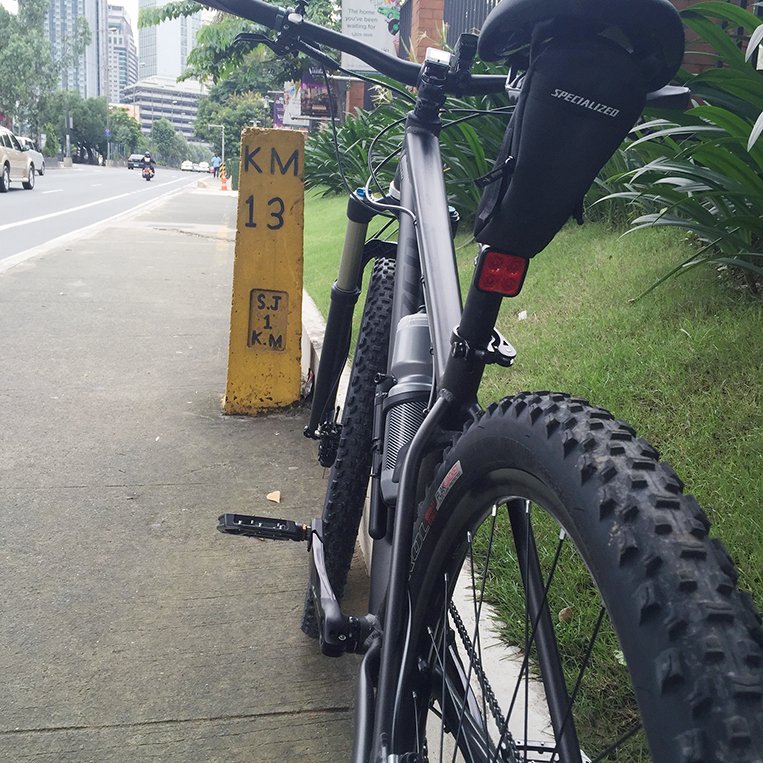
9. Be alert! The thing about cycling is that an accident will happen when you least expect it. A pedestrian crossing your path, a pothole you didn’t see, things of that nature. Even though you’re in a fairly simple ride, you need to be 100% aware of what’s happening around you so you can react accordingly.
10. Start hanging out with fellow cyclists. There are dozens, if not hundreds, of cycling groups in the country, and you can reach out to them on Facebook. Mountain-bikers, bikepackers, roadies, triathletes—all will gladly share training tips and advice for newbies if you ask nicely. Everybody was a noob once, so it’s fairly easy to get into the cult as long as you’re ready to ride your ass off.
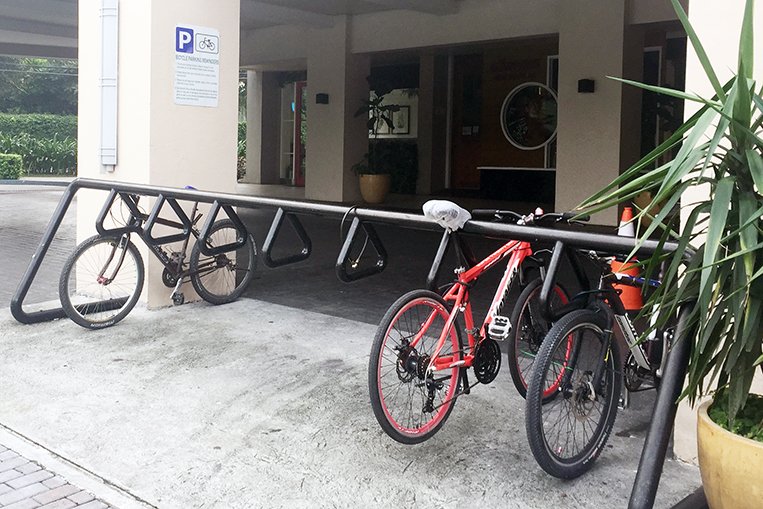
You still feel like cycling to work? You’ve been advised.

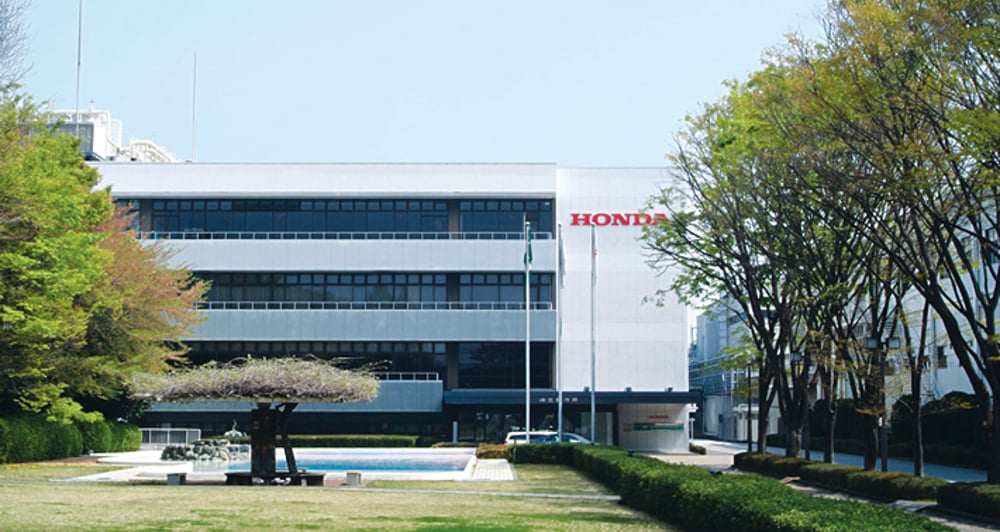
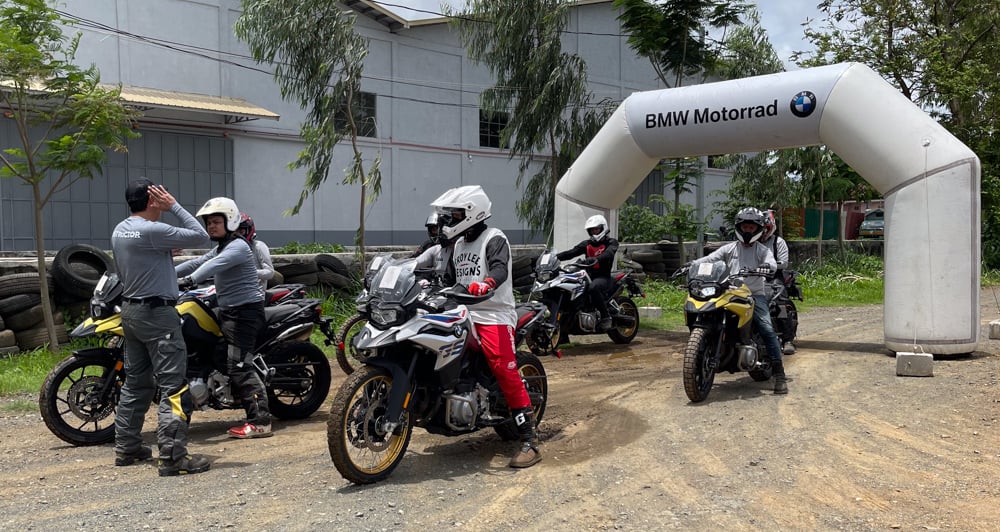
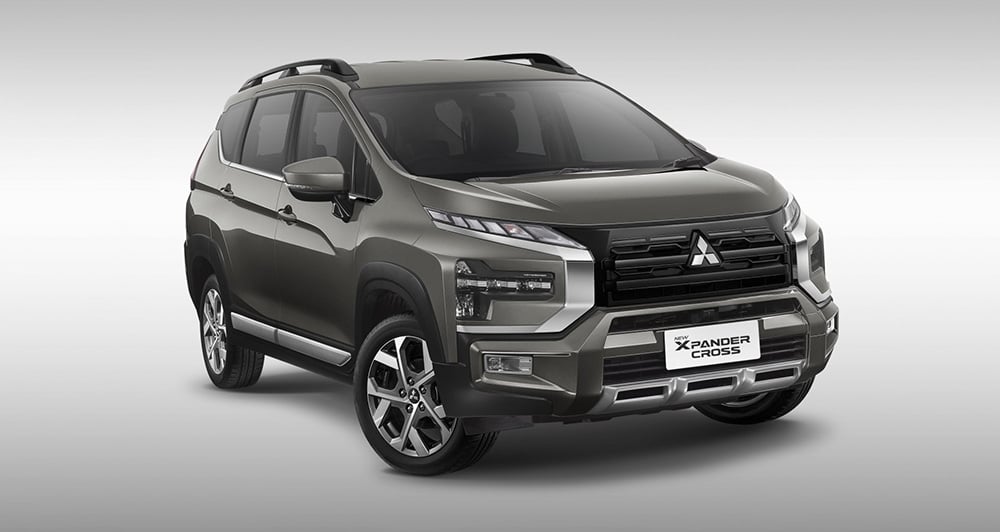
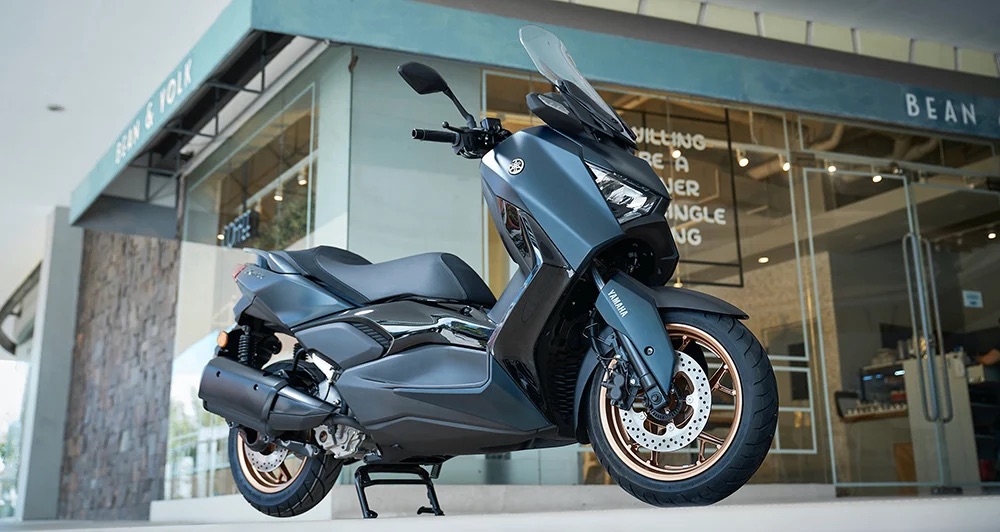

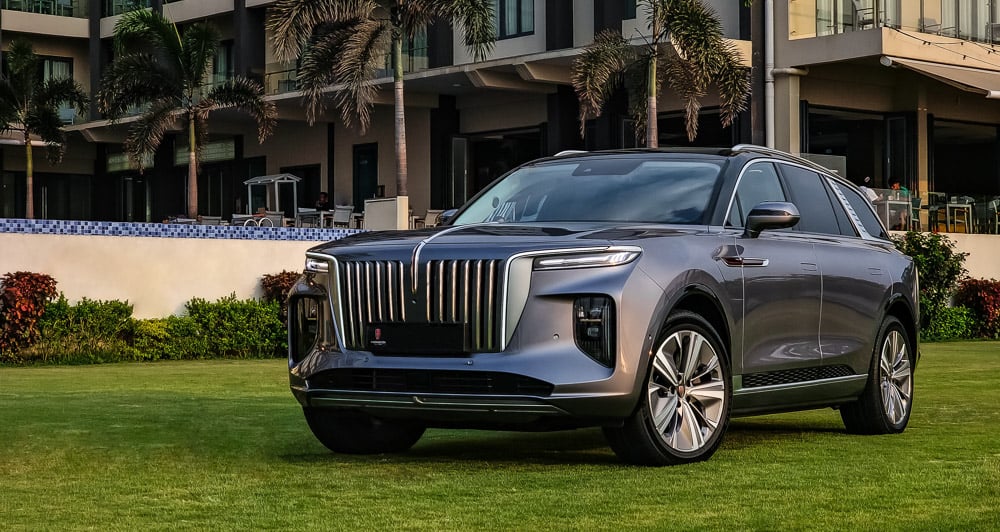

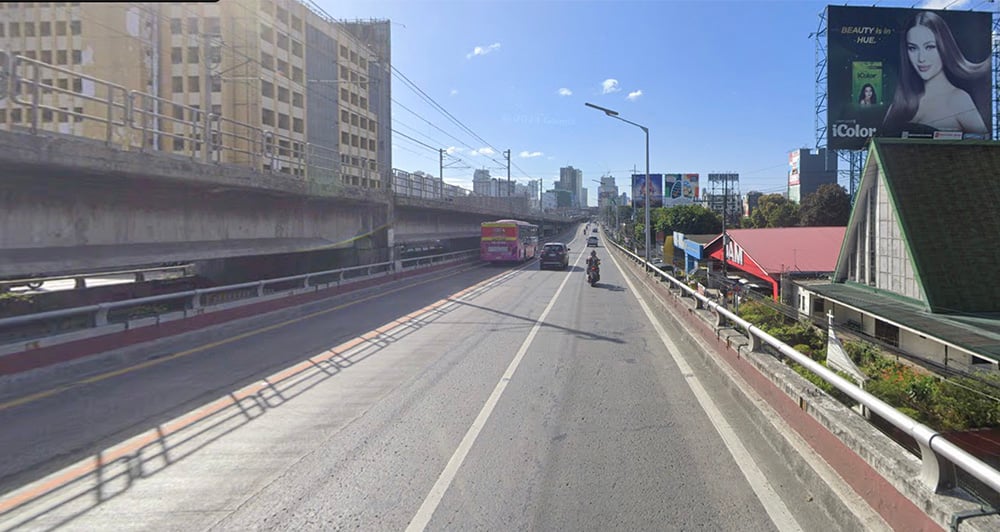
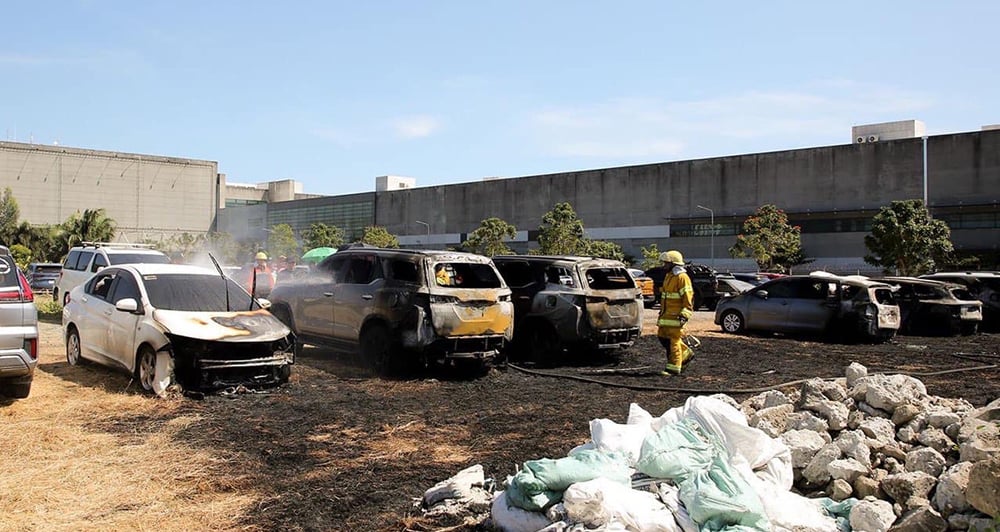
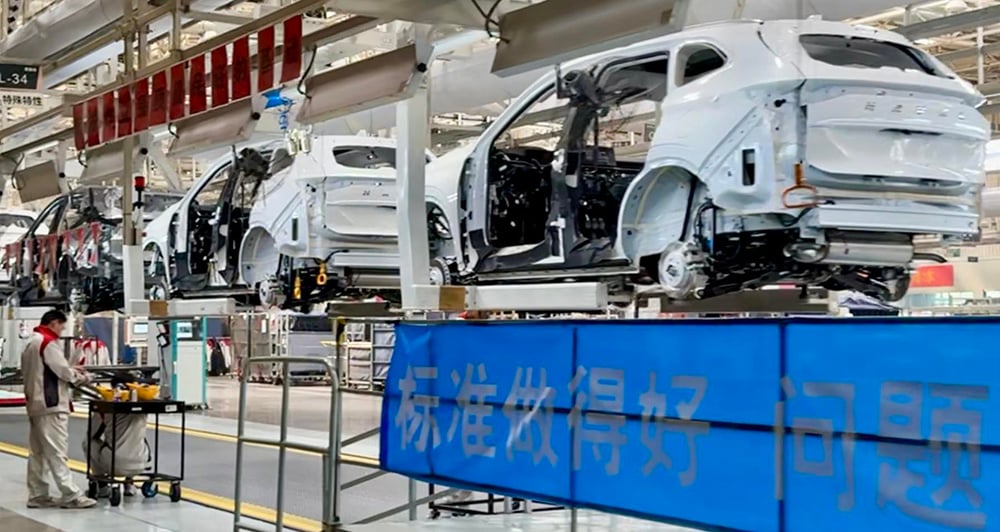
Comments